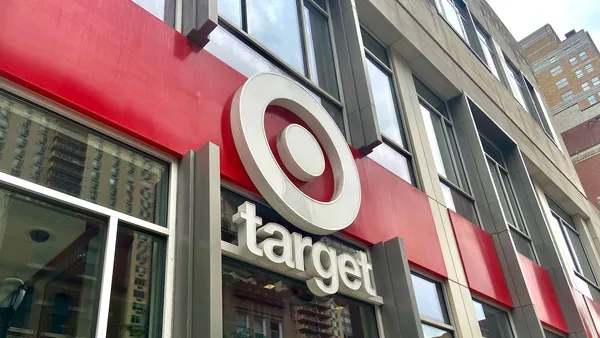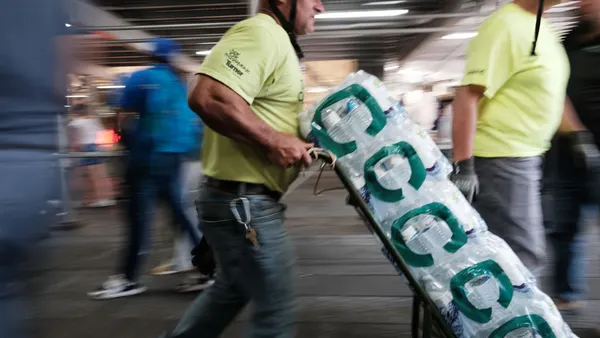Dive Brief:
- The New York Times’ expose on Amazon’s work environment garnered a lot of attention Monday, including rebuttals from Jeff Bezos, Amazon CEO and founder, and other Amazon higher-ups who claim the article was not an accurate depiction of “the Amazon they know.”
- Monday’s backlash revealed how complex the story really is. Pundit Ezra Klein’s story for Vox notes that the harsh stories in the NYT tell-all are partly from a very specific group: disgruntled workers who couldn't quite make it at Amazon. But even Amazon announcements rebuking the story don’t deny that working at Amazon is still incredibly intense and demanding, he said.
- Many other writers also brought up “the real workplace scandal” at Amazon: the company’s treatment of its blue-collar warehouse workers, who have less job flexibility than their white-collar counterparts.
Dive Insight:
Two Amazon narratives went head-to-head on Monday, one casting Amazon as an evil, crushing overlord, the other positing it as a workplace of incredible innovation and joy. Which one is right? The answer is most likely both.
Some Amazon employees may indeed abuse their internal feedback tool or call-out employees suffering from personal traumas, Fortune writer Mathew Ingram says, but many others in the company probably enjoy and thrive off the driven environment—a much less interesting narrative, he adds.
Amazon is, in many ways, still in start-up mode due to its purposefully low profitability, writes Matthew Yglesias for Vox. Such an attitude demands performance and commitment, and Amazon hasn’t shied away from admitting as much in the past.
If anything, the piece reveals the anxieties that plague white-collar workers, says Klein. He compares the NYT story to the 2012 Atlantic story, “Why Women Still Can’t Have It All,” in scope and impact.
“The reason both pieces hit with such force is that they speak to an anxiety that America's most privileged workers share: that their family and career ambitions are, on some level, locked in a zero-sum competition,” he wrote.
But the real plight, writes Yglesias, may be faced by the warehouse workers at Amazon. To sum it up, in comparison to Amazon’s intense-but-rewarding white-collar work: “The working conditions are bad. The pay is bad. The prestige is low. Nobody walks away feeling pride in having done the best work of their lives. And working at a warehouse does not look particularly great on your résumé.”












